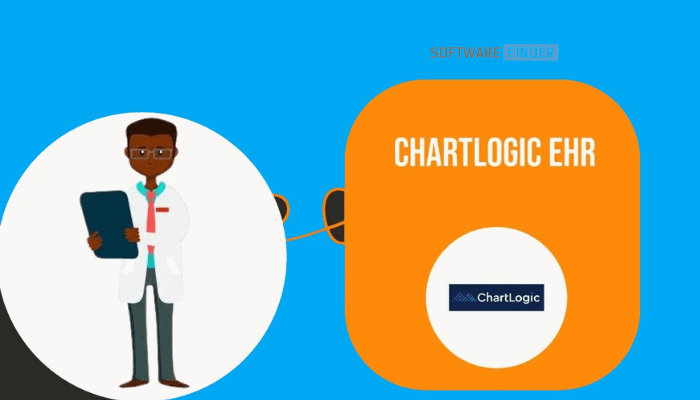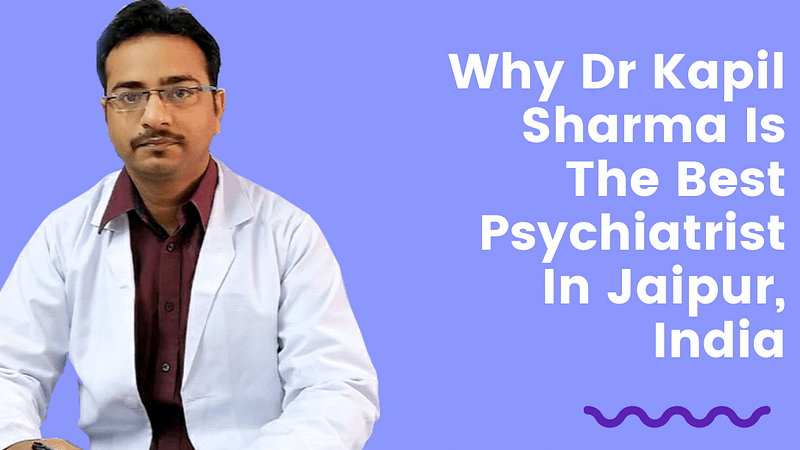What is the Genova IVF process for infertility after marriage?

Genova IVF is considered a breakthrough in the treatment of infertility in spouses resulting from their health problems or even infertility of unknown causes. It has fulfilled the dream of motherhood and fatherhood for many. Who has been waiting for a long time for a safe pregnancy and the completion of its success until the end?
If you are going to undergo IVF. Or your doctor has suggested that you consider this matter, here are the details. Read it carefully.
Injection of microscopic
IVF is one of the artificial insemination processes used to treat the problems of delayed childbearing in couples. And it is done by fertilizing one mature egg with one sperm outside the body in the laboratory. Then returning that fertilized egg to the wife’s uterus after 3-5 days have passed from the time of fertilization to complete the process of pregnancy.
- Micro-injection steps in detail
- Activation of the ovaries
- Revitalization of the ovaries
It is necessary to obtain an appropriate number of eggs. so the wife takes medications that contain hormones and stimulating substances that stimulate the ovaries and develop eggs.
After about a week, the doctor follows up on the level of estrogen in the blood and monitors the maturity of the eggs via ultrasound (sonar).
Follow-up continues during the second week, and the dose of drugs may change based on the results this week, noting that the total period of taking these hormonal injections ranges between 8-14 days.
Oocyte withdrawal
After following up on the eggs and making sure of their percentage and maturity, a date is set to withdraw the eggs from inside the ovary, about 36 hours after their maturity.
Usually, 10-30 eggs are withdrawn, and the withdrawal step is done in the hospital with partial or general anesthesia, using one of two methods:
Either using laparoscopy (a minor surgery that allows the body to be penetrated without the need to make a large incision in the skin)
Or through the vagina by non-surgical x-ray (using a thin needle attached to an ultrasound machine)
This process takes only about 20-30 minutes, and the eggs are placed in special fluids and preserved under special conditions in the IVF laboratory.
Read also successful IVF stories
- Semen preparation
- prepare-the-semen
A semen sample is taken from the husband on the morning of the operation to prepare it. And to select suitable sperm for injection. In the event that the husband has a problem obtaining sperm. Such as a blockage that prevents the ejaculation of sperm, it is surgically extracted from the epididymis (MESA) (a coiled tube located behind the testicle), or from the testicle TESE, or by micro-TESE.
Healthy sperm are picked and prepared for injection.
- Oocyte injection and fertilization
- Injection-oocytes-and fertilization
A single sperm is captured by a glass needle and injected into a mature egg under a microscope. Several healthy sperm may be taken and more than one egg is injected so that each egg is fertilized with one sperm. After that, splits are observed, indicating the success of the fertilization step.
Evaluation of fertilized embryos
Fertilization and the first beginnings of the formation of embryos are evaluated. As the daily evaluation is from the second day until the fifth or sixth day. A modern method is used in this follow-up, which is smart incubation. In which the development of embryos, their number, and dates of divisions. And their safety is monitored through an internal camera that takes pictures continuously from the first day.
Implantation (returning) of embryos or fertilized eggs **without anesthesia
Ideal embryos are selected on the third or fifth day (depending on the doctor’s vision). And one or more embryos are implanted (after consultation with the couple). In the mother’s uterus by inserting a thin tube through the cervix that is guided by an ultrasound machine.
And according to the desire of the couple. The rest of the high-quality embryos are also frozen to be used in another cycle of IVF. Without repeating the previous step knowing that the quality of frozen embryos is similar to the quality of fresh embryos. And sometimes it may be superior to them, and it is not affected by freezing, dismantling or return, no matter how long the freezing period is.
The woman then takes a stabilizer, and after two weeks she takes a pregnancy test.
* In most cases, the doctor returns only one fetus to avoid a twin pregnancy. Because of the danger it poses to the mother and fetus in certain cases.
The embryo transfer or implantation step does not require anesthesia.
Finally, best ivf center in Pakistan is one of the operations that require experience, accuracy, and high skill, as well as following some instructions. Know the most important factors that increase the success rate of IVF
RECOMMENDED ARTICLE: What is Damon Salvatore Rule 34






